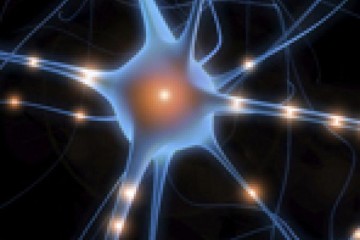CRACK IT Challenge
UnTangle: A microfluidics based drug-screening platform for human tau mutation neurons

At a glance
Completed
Award date
July 2014 - October 2017
Contract amount
£ 898,416
Contractor(s)
Sponsor(s)
R
- Replacement
